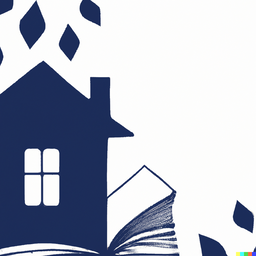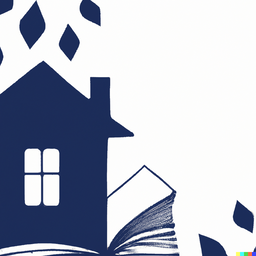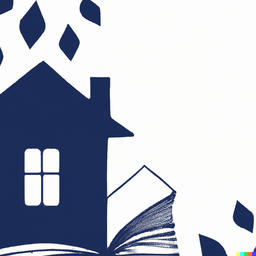
How does the novel challenge traditional storytelling methods?
Mark Z. Danielewski’s experimental horror novel House of Leaves employs radical narrative techniques that defy standard novel conventions. Through innovations in structure, perspective, typography, and more, Danielewski creates a dizzying, disorienting reading experience that demands active participation. Examining the highly inventive methods used in constructing the tale offers insight into Danielewski’s literary aims.
Challenging Narrative Reliability
The core account of supernatural events is revealed through layers of conflicting narratives and evidence, destabilizing the authority of any single perspective. This MODE of telling a story through accumulation of contradictory sources and embedded stories rather than a unified voice challenges notions of narrative reliability.
The Text as a Tactile Experience
Danielewski also leverages unconventional formatting like columns, colored text, mirrored pages, and illogical arrangements to convey events in a visual, tactile manner beyond words. The physical reading experience becomes part of the story itself, foregrounding the text as carefully constructed artifact as much as transparent window into fictional lives.
Breaching Narrative Boundaries
Footnotes that wander into autobiographical tangents, fictitious citations, and other academic meta-commentary further shatter boundaries between real and invented scholarly discourse. No narrative frame remains fixed, with even the book's physical limits breached through appended materials that blur reality through verisimilitude.
Questioning the Nature of Stories
House of Leaves revels in exploding traditional narrative expectations to draw attention to the subjectivity of storytelling itself. Danielewski engineers the novel to besolve like a puzzle, defying passive consumption. Through innovations in form and perspective, Danielewski calls into question the assumed characteristics of stories themselves as reflections of truth.
Popular posts
-

Unofficial Sparknotes Guide to "House of Leaves" by Mark Z. Danielewski
November 2nd, 2023
-

Chapter Summaries of "House of Leaves"
November 2nd, 2023
-

Character Analyses in "House of Leaves"
November 2nd, 2023
-

Themes in "House of Leaves"
November 2nd, 2023
-

Notable Quotes from "House of Leaves"
November 2nd, 2023
-

Discussion Questions for "House of Leaves"
November 2nd, 2023